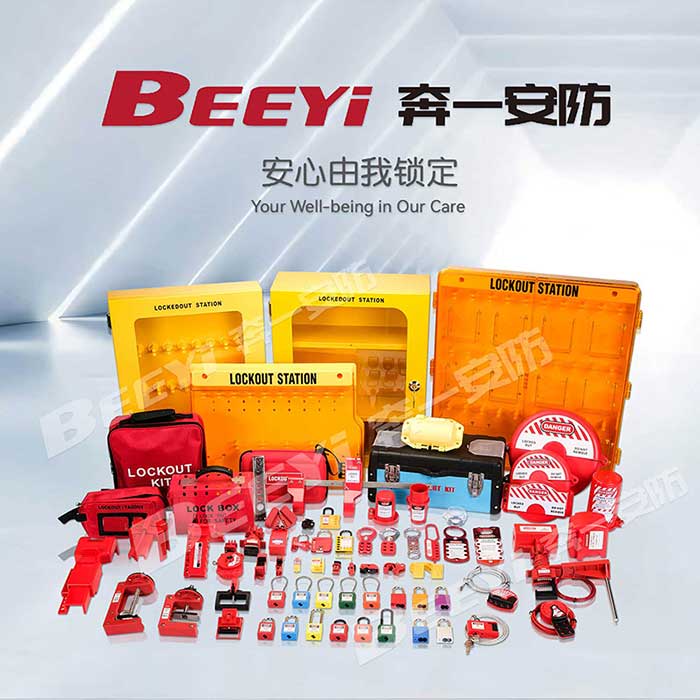In the construction industry, safety is paramount, and scaffolding systems are often at the forefront of these safety concerns. Scaffolding provides essential support during construction, maintenance, and repair activities. However, these structures pose significant risks if not properly managed, especially when they are under maintenance or construction. This is where scaffolding lockout tags come into play, acting as vital safety tools to protect workers from potential hazards. Ordering scaffolding lockout tags in bulk ensures that construction companies can efficiently manage these safety protocols on large-scale projects. This article explores the importance of scaffolding lockout tags, the benefits of purchasing them in bulk, and how they contribute to regulatory compliance and overall site safety.

What Are Scaffolding Lockout Tags? A scaffolding lockout tag is a part of the lockout/tagout (LOTO) system, which is a safety procedure used in industries to ensure that machines and equipment are properly shut off and cannot be operated until maintenance or repair is complete. In the context of scaffolding, lockout tags indicate that the structure is either being constructed, deconstructed, or repaired, and therefore should not be used by workers. These tags are often attached to the scaffolding system, ensuring clear communication that the structure is in a restricted state. The tags themselves are typically made of durable, weather-resistant materials like vinyl, laminated paper, or polyester, which are designed to withstand the harsh environments typical of construction sites. They are brightly colored, usually featuring large, clear text that warns workers not to use the scaffolding until the tag is removed. In addition to safety warnings, these tags often include spaces for specific information such as the date of lockout, the person responsible for the maintenance, and a brief explanation of why the scaffold is not in use.